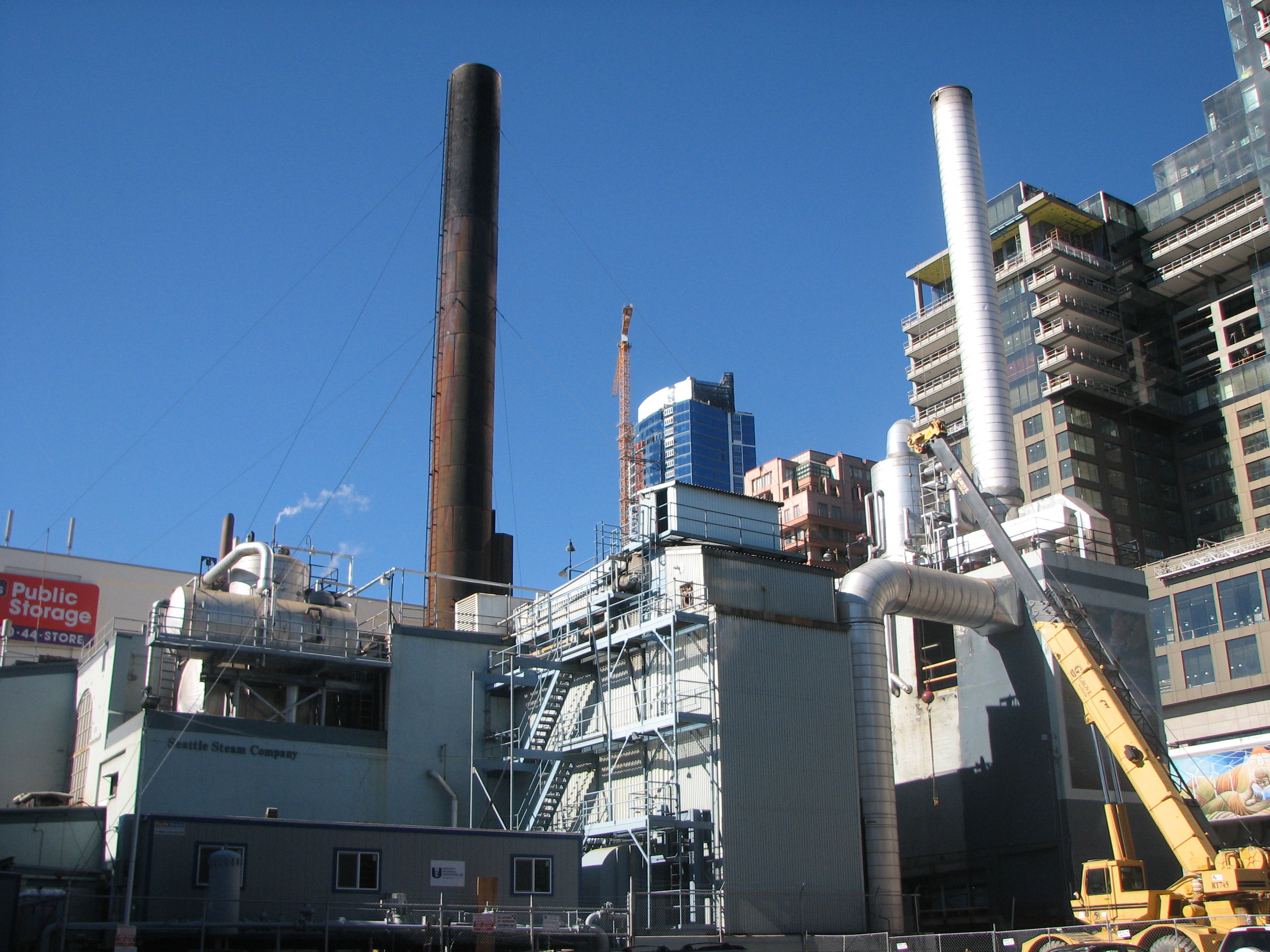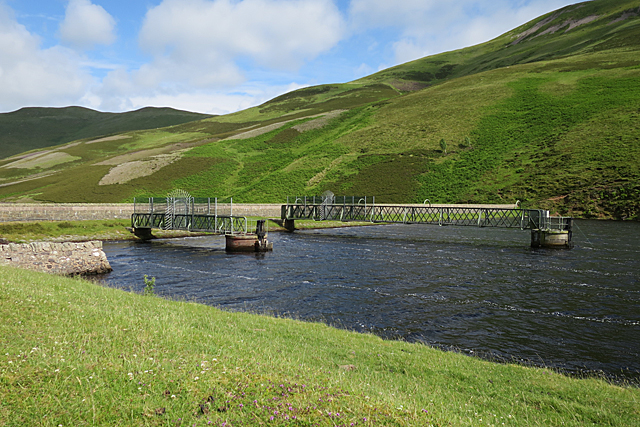Public Service Company on:
[Wikipedia]
[Google]
[Amazon]

 A public service company (or public utility company) is a
A public service company (or public utility company) is a
Code of Virginia, Title 56.1 Public Service Companies
Civil law (common law) Legal terminology Public services {{law-term-stub

 A public service company (or public utility company) is a
A public service company (or public utility company) is a corporation
A corporation or body corporate is an individual or a group of people, such as an association or company, that has been authorized by the State (polity), state to act as a single entity (a legal entity recognized by private and public law as ...
or other non-governmental business entity (i.e. limited partnership
A limited partnership (LP) is a type of partnership with general partners, who have a right to manage the business, and limited partners, who have no right to manage the business but have only limited liability for its debts. Limited partnership ...
) that delivers public service
A public service or service of general (economic) interest is any service intended to address the needs of aggregate members of a community, whether provided directly by a public sector agency, via public financing available to private busin ...
s—certain services considered essential to the public interest
In social science and economics, public interest is "the welfare or well-being of the general public" and society. While it has earlier philosophical roots and is considered to be at the core of democratic theories of government, often paired ...
. The ranks of such companies include public utility
A public utility company (usually just utility) is an organization that maintains the infrastructure for a public service (often also providing a service using that infrastructure). Public utilities are subject to forms of public control and ...
companies like natural gas
Natural gas (also fossil gas, methane gas, and gas) is a naturally occurring compound of gaseous hydrocarbons, primarily methane (95%), small amounts of higher alkanes, and traces of carbon dioxide and nitrogen, hydrogen sulfide and helium ...
, pipeline
A pipeline is a system of Pipe (fluid conveyance), pipes for long-distance transportation of a liquid or gas, typically to a market area for consumption. The latest data from 2014 gives a total of slightly less than of pipeline in 120 countries ...
, electricity
Electricity is the set of physical phenomena associated with the presence and motion of matter possessing an electric charge. Electricity is related to magnetism, both being part of the phenomenon of electromagnetism, as described by Maxwel ...
, and water supply companies, sewer companies, telephone
A telephone, colloquially referred to as a phone, is a telecommunications device that enables two or more users to conduct a conversation when they are too far apart to be easily heard directly. A telephone converts sound, typically and most ...
companies and telegraph
Telegraphy is the long-distance transmission of messages where the sender uses symbolic codes, known to the recipient, rather than a physical exchange of an object bearing the message. Thus flag semaphore is a method of telegraphy, whereas ...
companies. They also include public services such as transportation of passengers or property as a common carrier
A common carrier in common law countries (corresponding to a public carrier in some civil law (legal system), civil law systems,Encyclopædia Britannica CD 2000 "Civil-law public carrier" from "carriage of goods" usually called simply a ''carrier ...
, such as airline
An airline is a company that provides civil aviation, air transport services for traveling passengers or freight (cargo). Airlines use aircraft to supply these services and may form partnerships or Airline alliance, alliances with other airlines ...
s, railroad
Rail transport (also known as train transport) is a means of transport using wheeled vehicles running in railway track, tracks, which usually consist of two parallel steel railway track, rails. Rail transport is one of the two primary means of ...
s, truck
A truck or lorry is a motor vehicle designed to transport freight, carry specialized payloads, or perform other utilitarian work. Trucks vary greatly in size, power, and configuration, but the vast majority feature body-on-frame construct ...
ing, bus
A bus (contracted from omnibus, with variants multibus, motorbus, autobus, etc.) is a motor vehicle that carries significantly more passengers than an average car or van, but fewer than the average rail transport. It is most commonly used ...
, and taxicab
A taxi, also known as a taxicab or simply a cab, is a type of vehicle for hire with a Driving, driver, used by a single passenger or small group of passengers, often for a non-shared ride. A taxicab conveys passengers between locations of thei ...
companies.
Public service (or utility) companies may operate under certificates of public convenience and necessity which may limit competition. Their services may be subject to rate control and other regulations which are not common to general businesses.
The concept of public service companies was that, in order to attract sufficient private investment capital and guarantee sufficient revenues to ensure appropriate operations and services, protection from ruinous competition and additional governmental oversight of rates and services were required to balance the needs of the owners of the business with those of the general public.
Under concepts of deregulation
Deregulation is the process of removing or reducing state regulations, typically in the economic sphere. It is the repeal of governmental regulation of the economy. It became common in advanced industrial economies in the 1970s and 1980s, as a ...
, many principles under which public service companies have long operated are negated and replaced by those of a competitive market
In economics, competition is a scenario where different economic firmsThis article follows the general economic convention of referring to all actors as firms; examples in include individuals and brands or divisions within the same (legal) fir ...
.
In the United States, at an interstate
The Dwight D. Eisenhower National System of Interstate and Defense Highways, commonly known as the Interstate Highway System, or the Eisenhower Interstate System, is a network of controlled-access highways that forms part of the National H ...
level, most airlines, railroad, and trucking and bus transportation services were deregulated in the last quarter of the 20th century. Many of the changes in the laws at the federal level had the effect of deregulation or substantially weakened similar state and local laws regarding the same services.
See also
*Airline Deregulation Act
The Airline Deregulation Act is a 1978 United States federal law that deregulated the airline industry in the United States, removing federal control over such areas as fares, routes, and market entry of new airlines. The act gradually phase ...
(1977)
* Natural Gas Policy Act of 1978
* Staggers Rail Act
The Staggers Rail Act of 1980 is a United States federal law that deregulated the American railroad industry to a significant extent, and it replaced the regulatory structure that had existed since the Interstate Commerce Act of 1887.
Backgrou ...
(1980)
* Motor Carrier Act of 1980
The Motor Carrier Regulatory Reform and Modernization Act, more commonly known as the Motor Carrier Act of 1980 (MCA) is a United States federal law which deregulated the trucking industry.
Background
Motor carrier deregulation was a part of a ...
* Bus Regulatory Reform Act (1982)
* Natural Gas Wellhead Decontrol Act of 1989
* Energy Policy Act of 1992
The Energy Policy Act of 1992, effective October 24, 1992, (102nd Congress H.R.776.ENR, abbreviated as EPACT92) is a United States government Act of Congress, act. It was passed by United States Congress, Congress and set goals, created mandat ...
* Telecommunications Act of 1996
The Telecommunications Act of 1996 is a United States federal law enacted by the 104th United States Congress on January 3, 1996, and signed into law on February 8, 1996, by President Bill Clinton. It primarily amended Chapter 5 of Title 47 of ...
References
Code of Virginia, Title 56.1 Public Service Companies
Civil law (common law) Legal terminology Public services {{law-term-stub